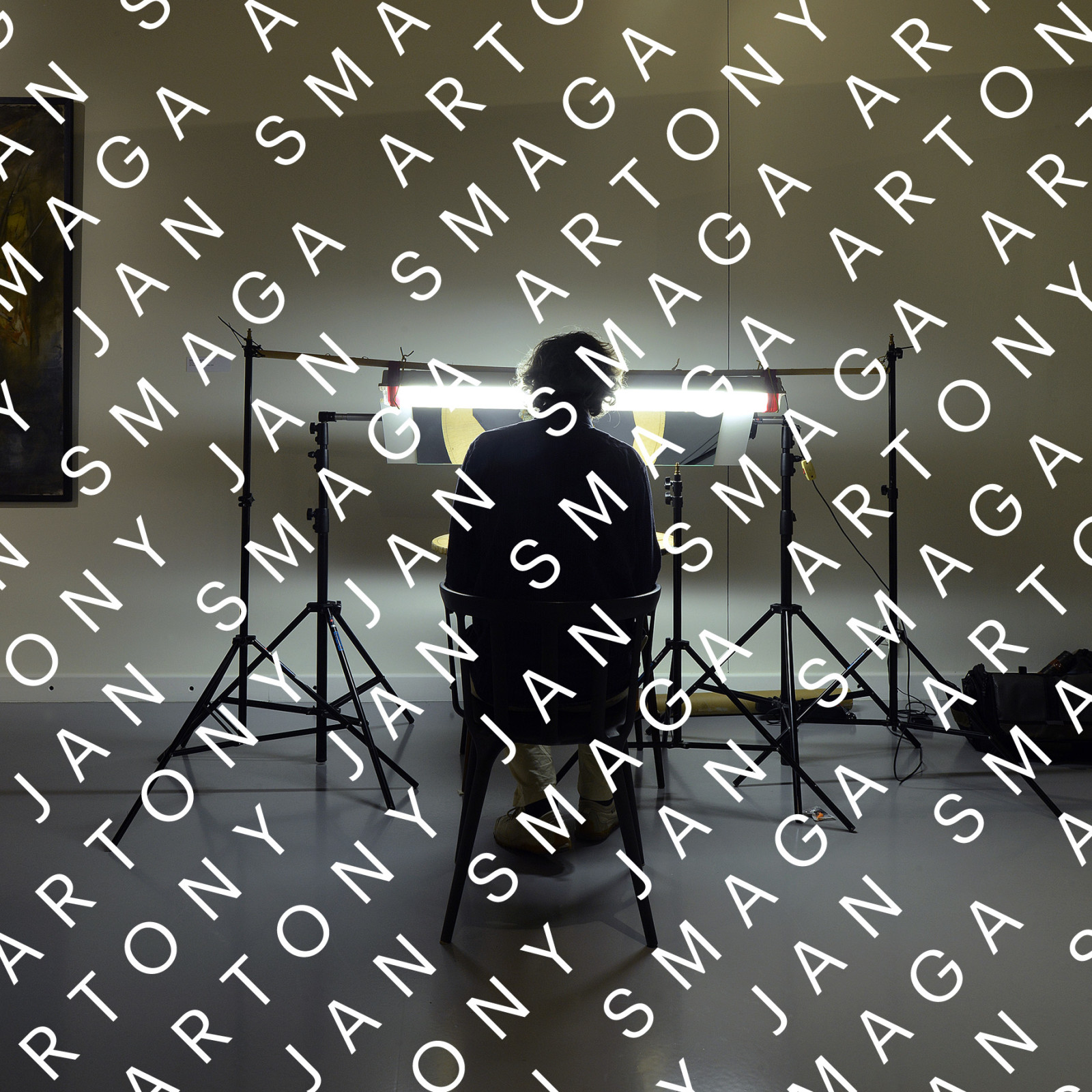
Włodzimierz Borowski’s Artons, from which the title of Jan Smaga’s exhibition is taken, is one of the most intriguing and original series of works in the history of Polish modern art. His ambition was to create “works as autonomous as living organisms.” The objects made by Borowski in 1958–1963 are hybrid forms composed of various plastic parts, items or fragments, using pulsing light and mobile elements. The striking materiality and amorphous, introverted structure of the Artons inspired Smaga, a photographer often working with exhibiting institutions and well-known for his experimental documentation techniques, to conduct his own creative process based on the legendary works of Borowski. Using photography, Smaga broke the Artons down into elementary particles, in order to reassemble them into a new, two-dimensional whole—a kind of visualization of the cosmos interwoven in the material of art.
Each of the six Artons was subjected to painstaking photographic documentation using equipment specially constructed by the photographer. In an after-shot analogue scan process, about 6,000 photos were developed of enlarged details of each of the objects. Each of the thousands of photos was then printed out and trimmed to the shape of a 6×2-icm rhombus. Pasted in random order on an aluminum sheet of 200×162 cm, they create a dense, glimmering pattern suggestive of fabric from multicoloured textile scraps. But this is not a typical example of artistic recycling, but rather an attempt at reincarnation, translation from one form of existence to another while respecting the law of conservation of energy. Smaga is continually intrigued by the fantastic and sometimes treacherous potential inherent in the tools we use to observe and record reality. With the help of these tools we can see much more than would seem rational, and thus overcome the objectivism of perception and re-enter the field of art. Here it is the picture that shapes reality, and not the other way around.
The culmination of Smaga’s analytical process is a series of black-and-white reproductions of the resulting photo collages, in the form of classic Baryta prints from large-format 8×10-inch negatives.
Smaga describes his use of Borowski’s works as conceptual documentation. “It is an examination of the material of art under rules similar to science,” he says, “subjecting it to observation close to a physics experiment. This is possible because of the confidence that works created in the field of art are just as real as presentations unconnected with culture and should be treated in the same way—seriously.”
The radical research experiment which Borowski’s Artons underwent via Smaga’s photo-optics and obsessive imagination led to a visually absorbing conclusion bordering on hi-res and psychedelic aesthetics. Essentially, any truly thorough attempt to know and understand a work of art must lead, more intentionally or less intentionally, to creation of another work of art.
Jan Smaga’s project was carried out under a stipend from the Minister of Culture and Natural Heritage, with the kind cooperation of the National Museum in Wrocław and the Museum of Art in Łódź.










